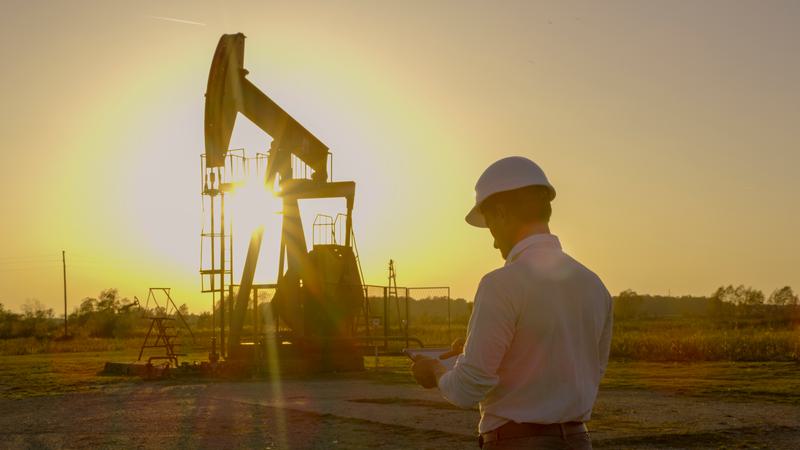The New EPA Methane Rules: Heading in the right direction, but still room for improvement

The Environmental Protection Agency (EPA) recently closed its supplemental proposal public comment period for its new oil and gas industry methane regulations. The key theme of the hundreds of thousands of public comments is that EPA’s proposal got a lot of things right while still having some important issues that require fixing.
What Is In The New EPA Methane Rule?
EPA’s proposed methane rules for the oil and gas industry cover a wide range of processes and equipment involved in the production and processing of oil and natural gas. The included standards are more stringent and apply more widely than any previous federal attempts to regulate methane..
The new, revolutionary approach to requiring companies to find and fix methane leaks is the most innovative part of the EPA-proposed rule. Regulations have traditionally required companies to leverage inspectors on foot to find leaks using handheld devices on a fixed, infrequent schedule.
Now, EPA is proposing to allow companies broad flexibility in how they look for leaks — ground-based surveys on foot are allowed, but so are advanced leak screening surveys using technologies like aircraft and continuous fixed monitors. This is a major change that will drive innovation, reduce compliance cost, and decrease emissions.
Why Is The Rule Heading In The Right Direction?
The rule is heading in the right direction because it is based on the latest science and uses a transparent, repeatable tool to analyze the results — bringing a new level of rigor to EPA’s work.
What stands out in EPA’s rule — particularly when it comes to the methane leak detection program — is the science-first, data-driven approach taken by the Agency. There have been major advancements in recent years in our understanding of the methane emissions problem. EPA took the latest high-quality, peer-reviewed science — see our post on why the quality of science used matters — and incorporated it into computer simulation tools designed to evaluate leak detection programs.
Where Is There Room For Improvement?
The rule is a great start, but still needs work. Kairos identified several ways for the EPA to improve its rule before issuing a final version later this year:
- Several new, high-impact studies have come out in recent months, and we recommend EPA review the latest science to ensure it’s reflecting the best available information in its rules.
- There are several changes EPA can make that will make it easier to “operationalize” the new rules — things like better aligning timelines for repairs and changing how ground crews follow up on leaks identified by aircraft will make this rule easier to put into practice in the field.
- EPA is using many of the correct tools, like the FEAST model. FEAST allows EPA to compare a wide range of leak detection programs across detection method, sensitivity, frequency, and work practice standards and evaluate them for equivalence. Many of the agency’s assumptions are correct, but some of its modeling can be improved to provide more accurate results.
- Advanced technologies will play a big part in compliance going forward and EPA should take the opportunity to clarify how it will evaluate technologies and how it plans to handle key data gaps pertaining to things like wind speeds.
- The end-state for compliance will likely involve combinations of leak detection technologies, which are sometimes called “hybrid” leak detection programs. We recommend EPA establish a pathway for such combinations of technologies to be used.
We’ve worked on many rounds of methane rulemakings across state, federal, and international levels. Today’s EPA rules set a new bar for methane regulations, and with some targeted improvements, that bar will be set even higher.